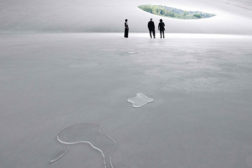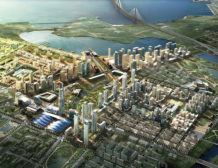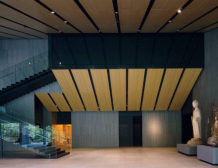Naomi Pollock, FAIA
Contributing Editor Naomi Pollock, FAIA, is the author of Japanese Design Since 1945: A Complete Sourcebook and the editor of NUNO: Visionary Japanese Textiles.
ARTICLES
Hiroshi Nakamura & NAP Architects
A Tokyo-based architect demonstrates a knack for handling materials and fitting buildings into their natural and urban contexts.
Read More
New Songdo City, South Korea
A Green City Rises: Inspired by precedents from around the world, New Songdo City emerges near Incheon International Airport as an up-and-coming bustling business hub primed to bring South Korea’s struggling economy back on track.
Read More
Copyright ©2024. All Rights Reserved BNP Media.
Design, CMS, Hosting & Web Development :: ePublishing


